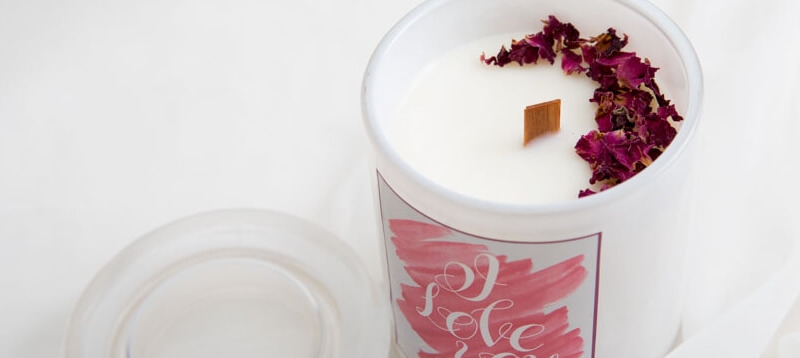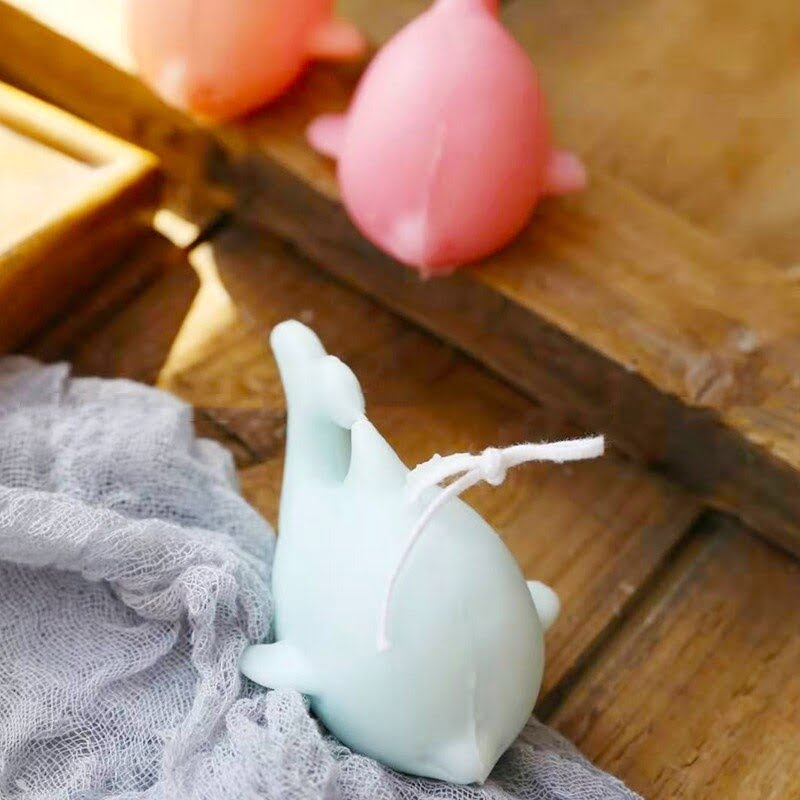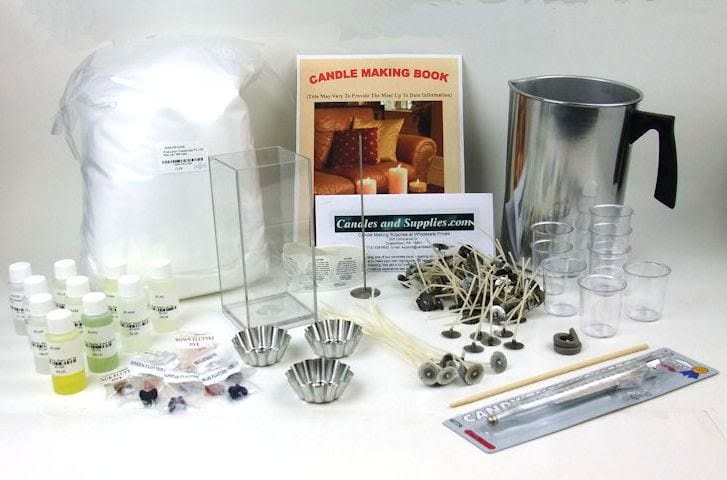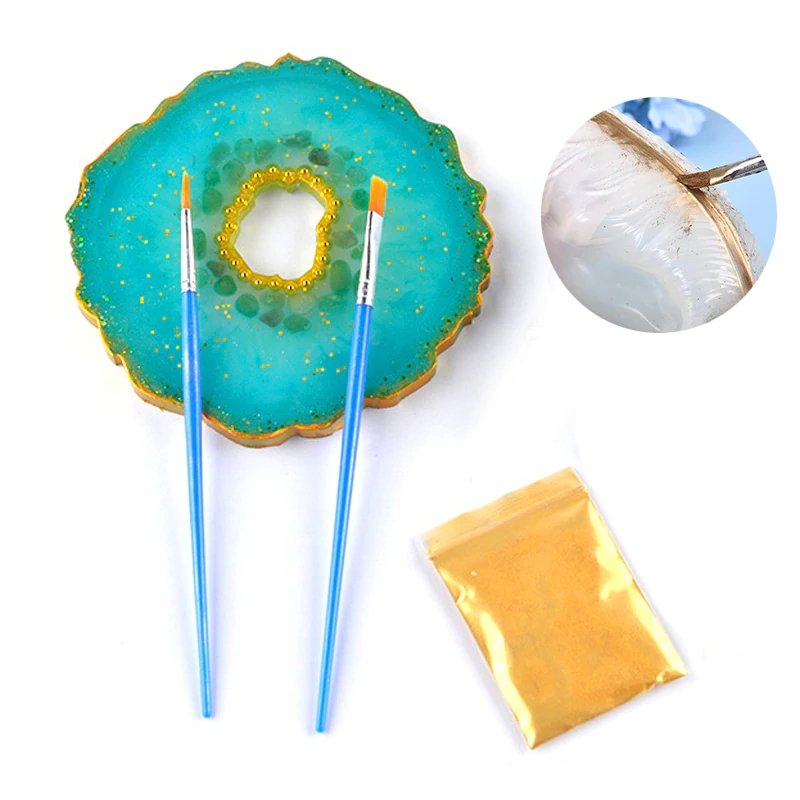Candle making in Colonial America was a crucial skill that played a significant role in the daily lives of early American settlers. This reading test will delve into the history and importance of candle making during this time period.
From lighting homes to providing illumination for work and study, candles were essential tools for colonists before the advent of modern electricity. Understanding the process, materials, and challenges faced by colonial candle makers offers valuable insight into the ingenuity and resourcefulness of early American craftsmen.
In Colonial America, candles not only served practical purposes but also held cultural significance within society. They were used for lighting homes, churches, and workshops, as well as for ceremonies and gatherings. The ability to produce candles from readily available resources allowed colonists to navigate through dark evenings and efficiently carry out their daily activities. The reading test aims to explore how candles became symbols of light, warmth, and productivity in the context of colonial society.
The process of making candles in Colonial America required skill, patience, and a good understanding of natural materials. Colonists utilized various techniques and tools to transform animal fats or beeswax into functional sources of light.
Each step, from rendering tallow to dipping wicks in molten wax, contributed to the creation of durable and long-lasting candles that sustained households through long winter nights. By examining these methods closely, we can appreciate the craftsmanship and dedication that went into producing this essential commodity during colonial times.
The Role of Candles in Colonial Society
Candles played a crucial role in Colonial society, serving as a primary source of lighting for households, shops, churches, and other communal spaces. In a time before electricity, candles were essential for providing illumination during the long hours of darkness in the evening. They were not only practical but also symbolized warmth, comfort, and security in the otherwise dimly lit homes of early American settlers.
To better understand the significance of candles in Colonial society, consider the following points:
- Candles were used for various activities such as reading, sewing, cooking, and social gatherings.
- Wealthier households often had access to imported beeswax candles, which burned cleaner and brighter than tallow candles made from animal fat.
- The quality of candlelight could indicate social status-the brighter the light, the more affluent the household.
Additionally, candles played a vital role in religious ceremonies and rituals. Churches relied on candlelight for their services and celebrations, adding an element of reverence and solemnity to the proceedings. For many Colonists, candles served not only as practical sources of light but also as symbols of faith and spirituality.
The Process of Making Candles in Colonial America
Candle making in colonial America was a crucial skill that played a significant role in the daily lives of individuals during this period. The process of making candles in colonial America was labor-intensive and required attention to detail.
Materials Used for Candle Making
One of the primary materials used for candle making in colonial America was tallow, which is rendered animal fat. This tallow was collected from animals such as cows or sheep and then melted down to create the base for the candles. Beeswax was also utilized for candle making, although it was more expensive and reserved for wealthier households due to its higher quality and cleaner burn.
Tools Used for Candle Making
Colonial candle makers used a variety of tools in the process of creating candles. A large pot or cauldron was essential for melting down the tallow or beeswax. Wicks were made from cotton or hemp fibers, which were dipped repeatedly into the melted wax to build up layers and form the candle. Molds made from metal, wood, or clay were used to shape the candles into cylindrical or taper forms.
Techniques of Candle Making
The technique of dipping wicks into melted wax to create layers was a common method used by colonial candle makers. Another technique involved pouring melted wax into molds to form shaped candles. These techniques required patience and precision to ensure that the candles burned evenly and provided sufficient light. Over time, these skills were passed down through generations, contributing to the legacy of candle making in modern times.
Overall, understanding the process of making candles in colonial America provides insight into the creativity and resourcefulness of early settlers as they worked to illuminate their homes before electricity became widely available. Through meticulous craftsmanship and dedication, these individuals contributed to an important aspect of colonial society that continues to be appreciated today.
Materials and Tools Used for Candle Making
Candle making in colonial America required a specific set of materials and tools to produce the necessary wax candles for lighting homes, churches, and businesses. Many of the resources used were natural and readily available in the colonies, making candle making a common practice among households. The most commonly used materials for candle making in colonial America included:
- Beeswax: Beeswax was considered a luxury material for candle making due to its clean-burning properties and pleasant scent.
- Tallow: Tallow, or animal fat, was a more affordable option for making candles and was often used by lower-income families.
- Bayberry Wax: Bayberry wax was derived from the berries of the bayberry shrub and was prized for its sweet aroma and clean-burning qualities.
In addition to these materials, colonial candle makers relied on specific tools to mold and shape the candles. These tools were essential for creating uniform candles that burned evenly and efficiently. Some of the common tools used for candle making in colonial America included:
- Molds: Candle molds made of tin or pewter were used to shape the melted wax into cylindrical or tapered candles.
- Wicking: Wicking made of twisted cotton or hemp fibers was essential for allowing the candle to burn steadily without dripping excessively.
- Dipping Rack: A dipping rack made of wooden rods allowed candle makers to repeatedly dip wicks into melted wax to build up layers for taper candles.
By understanding the materials and tools used for candle making in colonial America, we gain insight into the skilled craftsmanship required to produce these essential household items. The use of natural resources combined with simple yet effective tools demonstrates the resourcefulness and creativity of colonial candle makers in providing light during dark evenings.
The legacy of these traditional materials and tools can still be seen today in modern candle making practices, connecting us with our past while illuminating our present lives.
Challenges Faced by Colonial Candle Makers
During colonial times in America, candle making was a crucial skill that played a significant role in everyday life. However, despite its importance, colonial candle makers faced several challenges that impacted their craft and livelihood. One of the main challenges encountered by these early artisans was the availability and cost of materials needed for candle making.
Material Scarcity
The scarcity of essential materials such as wax and wicks posed a major challenge for colonial candle makers. In many cases, wax had to be sourced from beeswax or tallow obtained from animal fat, both of which were not always readily accessible. This scarcity often made candle making a time-consuming and expensive process, especially during periods when resources were limited.
Seasonal Constraints
Another challenge faced by colonial candle makers was the impact of seasonal changes on their work. During warmer months, it was more difficult to keep candles cool and solidify properly, affecting their quality and lifespan. On the other hand, colder temperatures could cause candles to crack or become brittle, leading to wasted materials and effort. This seasonal constraint added an additional layer of complexity to an already demanding craft.
Despite these challenges, colonial candle makers persevered and continued to produce candles essential for lighting homes, churches, and public spaces. Their resilience in overcoming obstacles contributed to the enduring legacy of candle making in American history and culture.
As we reflect on the challenges faced by colonial candle makers, it is important to recognize their ingenuity and resourcefulness in finding solutions to overcome adversity scknowledging this aspect helps us appreciate the craftsmanship involved in creating something as seemingly simple yet indispensable as a candle during that time period.
The Economic Importance of Candle Making in Colonial America
Colonial candle makers played a vital role in meeting the needs of their communities by producing candles using traditional methods and techniques. The process of making candles involved melting tallow or beeswax, pouring it into molds, and allowing it to solidify before being trimmed and packaged for sale. This labor-intensive process required skill and precision, with candle makers often working long hours to fulfill orders from households, businesses, and even churches.
In addition to providing a source of income for individual candle makers, the candle making industry also stimulated economic growth in colonial America. As the demand for candles increased, suppliers of raw materials such as tallow and beeswax saw a rise in business.
Furthermore, the trade of candles extended beyond local markets, with colonies exporting candles to other regions in exchange for goods and services. This interconnected network of producers and consumers helped sustain the colonial economy and fostered trade relationships that were beneficial for all parties involved.
| Candle Making | Colonial Economy |
|---|---|
| Provided employment opportunities | Stimulated economic growth |
| High demand for candles | Fostered trade relationships |
| Traditional methods used | Contributed to local markets |
Candle Making Techniques Passed Down Through Generations
Candle making in colonial America was not only a necessary skill but also an art form that was passed down through generations. The techniques used by colonial candle makers were often rooted in tradition, with each family having their own unique methods of creating candles. These techniques were typically shared within families or apprenticeships, ensuring that the craft was preserved and passed on to future candle makers.
One common technique used in colonial America was the dipping method, where wicks were repeatedly dipped into melted tallow or beeswax to build up layers of wax until the desired thickness was achieved. This process required patience and skill to create evenly burning candles. Another technique involved molding candles using metal or wooden molds, which allowed for a more uniform shape and size compared to dipped candles.
The knowledge of candle making techniques was considered valuable in colonial society, as candles were essential for lighting homes, churches, and businesses. Families who were skilled in candle making often had an important role in their communities, providing a vital source of light during the long dark nights. These techniques continued to be refined and perfected over time, with some families developing their own signature styles of candles that became highly sought after.
| Candle Making Technique | Description |
|---|---|
| Dipping Method | Repeating dipping wicks into melted wax to build up layers for even burning candles. |
| Molding Candles | Using molds to create uniform shapes and sizes for candles. |
The Legacy of Candle Making in Modern Times
Candle making in colonial America may have been a necessity for survival, but its legacy continues to live on in modern times. While candles are no longer the primary source of lighting for households, they have evolved into a beloved decorative and aromatic element in homes across the world. The art of candle making has transformed from a practical skill to a creative outlet for many individuals looking to express themselves through handmade candles.
In today’s society, candle making has become a popular hobby and even a thriving business for many entrepreneurs. With an array of scents, colors, and designs available, consumers can personalize their living spaces with unique and individualized candles. This resurgence in interest in candle making can be attributed to the desire for more sustainable and eco-friendly products, as well as the rise of the maker movement that values handcrafted goods over mass-produced items.
The techniques and traditions passed down by colonial candle makers have influenced the modern candle making industry in various ways. From using natural materials like beeswax and soy wax to experimenting with different molds and additives, contemporary candle makers continue to draw inspiration from the practices of their predecessors.
The legacy of candle making in modern times serves as a reminder of the ingenuity and resourcefulness of early American colonists who relied on this craft for both practical and economic reasons.
Candle Making in Colonial America Reading Test
Candle making in colonial America was not just a necessity for lighting homes, but it played a significant role in the social and economic fabric of society. The process of making candles was intricate and required various materials and tools that were essential for the production. Colonial candle makers faced numerous challenges, from sourcing materials to competing with imported candles. Despite these obstacles, candle making remained a crucial industry that contributed to the local economy.
One of the fascinating aspects of candle making in colonial America is how techniques were passed down through generations. Families often had their own unique methods and recipes that were kept as closely guarded secrets. This transfer of knowledge ensured that the tradition of candle making continued to thrive over the years. Even today, we can see the legacy of colonial candle making in modern times, with artisanal candle makers preserving these age-old techniques.
In conclusion, the history of candle making in colonial America is a testament to the ingenuity and resilience of early American settlers. By understanding the significance of candles in colonial society and appreciating the craftsmanship involved in their production, we can truly grasp the importance of this industry. So next time you light a candle, take a moment to appreciate the rich history and heritage behind this simple yet essential household item.
Frequently Asked Questions
How Do You Make Candles in Colonial America?
Making candles in colonial America was a labor-intensive process that involved several steps. First, the candle maker would melt beeswax or tallow in a large pot over a fire.
Then, wicks made of cotton or flax were dipped repeatedly into the melted wax to build up layers and create a sturdy candle. Finally, the candles were left to cool and harden before being trimmed and stored for later use.
What Is the Primary Material Used in Making Candles Reading Answers?
The primary material used in making candles during colonial times was tallow, which is rendered animal fat typically sourced from beef or sheep. Tallow was readily available and inexpensive, making it a common choice for candle making among colonists. Beeswax was also used but was more expensive and often reserved for special occasions or religious ceremonies.
What Did a Candle Maker Do in Colonial Times?
A candle maker in colonial times played a crucial role in providing light for households, businesses, and public spaces before the advent of electricity. They were responsible for sourcing materials like tallow or beeswax, crafting candles of various sizes and shapes, and ensuring that they burned evenly and brightly.
Candle makers often worked long hours to meet the demand for this essential commodity in colonial America.

Welcome to my candle making blog! In this blog, I will be sharing my tips and tricks for making candles. I will also be sharing some of my favorite recipes.





